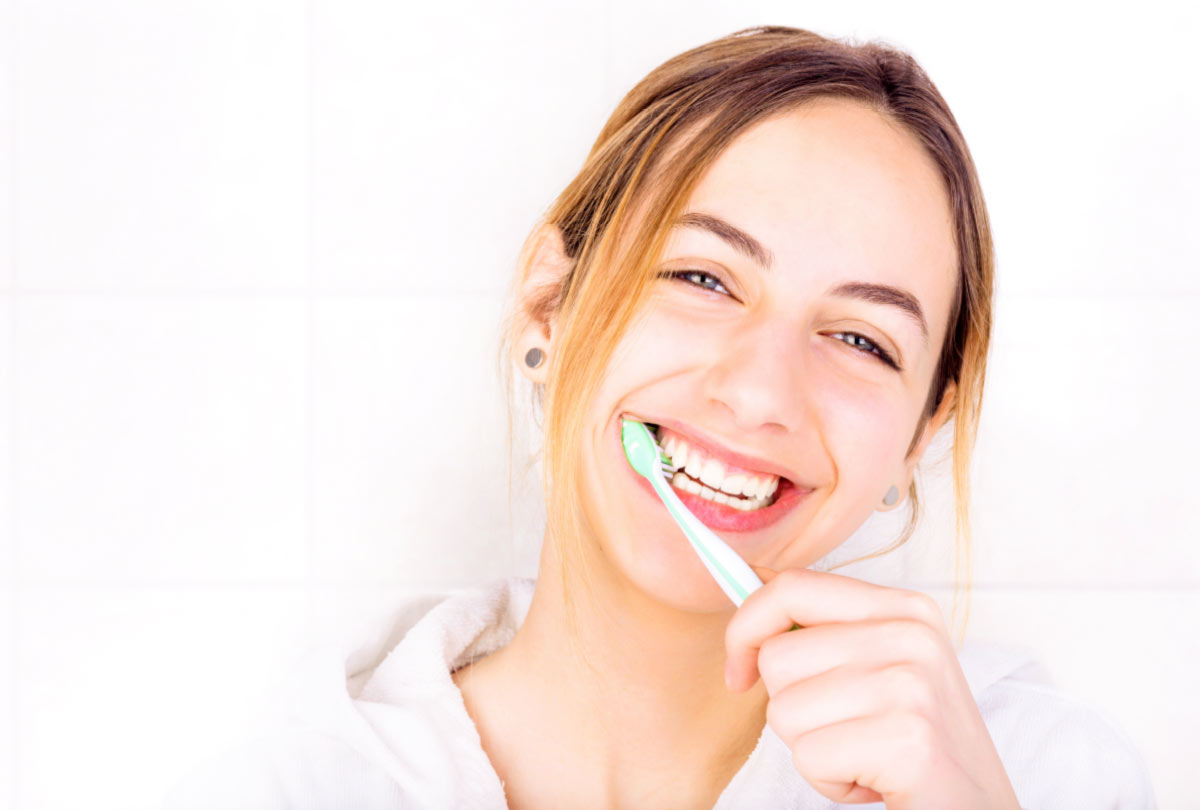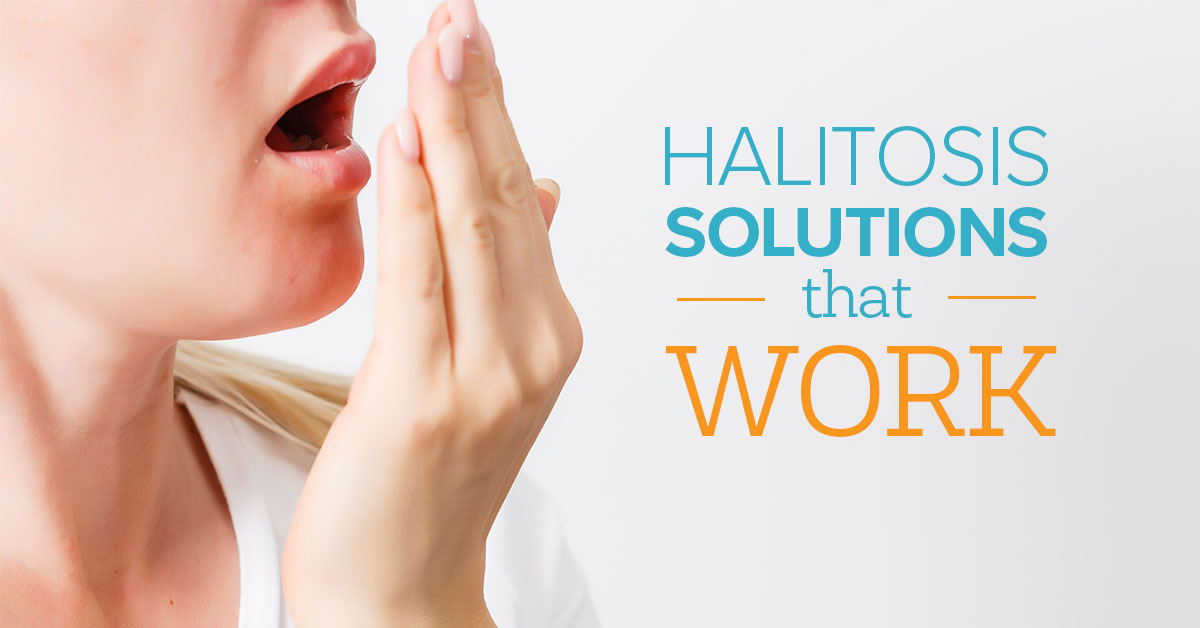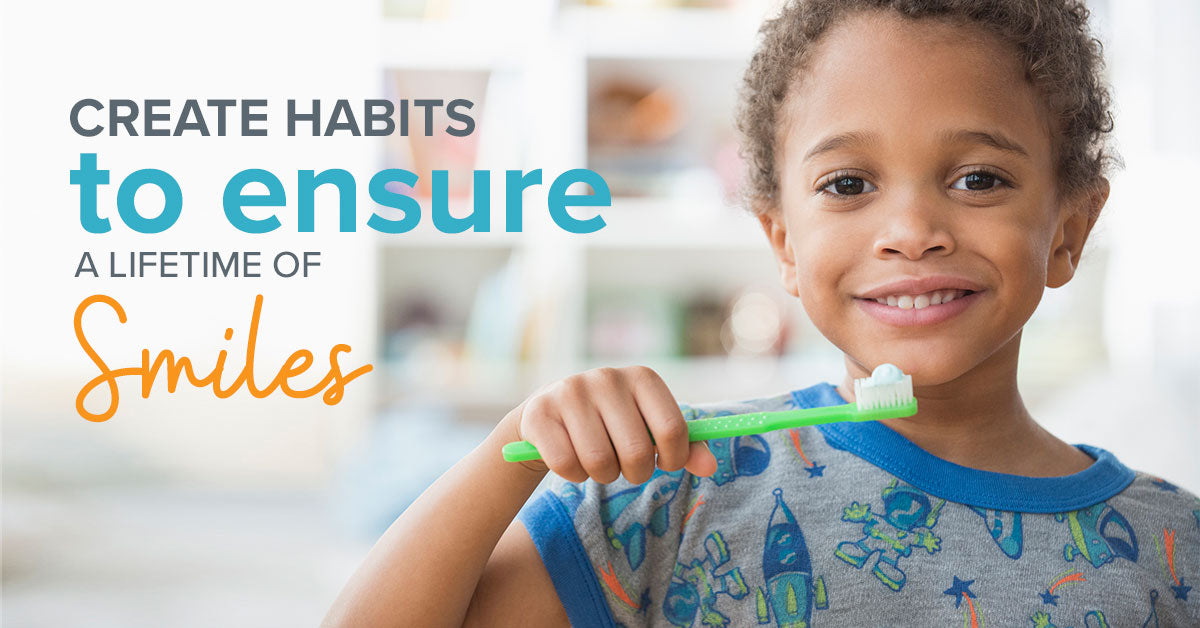Quick Guide on the Benefits of Fluoride in Home Dental Care
Chances are, we’ve all gotten a “bad report” at the dentist with news of a cavity. In fact, according to the Centers for Disease Control (CDC), 91% of adults have gotten a cavity in their permanent teeth. But here’s the good news: it’s never too late to work toward a healthier, no-more-cavities smile! And one of the easiest ways to do this is by switching to cavity fluoride dental products.
To learn more about the benefits of fluoride and what to look for (and avoid!) in fluoride dental products, check out this quick guide.
What Exactly Is Fluoride?
Fluoride is a naturally occurring mineral found in nearly every natural water source, from babbling brooks to raging rivers. In fact, it’s the thirteenth most abundant element on Earth.
In 1945, Grand Rapids, Michigan, became the first city in the United States to add fluoride to their public drinking water. Over the next 15 years, researchers determined that the cavity rate of children had dropped by 60% after this introduction.
Many communities quickly followed suit in adding fluoride to their water, and today, 73% of the U.S. population has access to fluoridated water.
But if you don’t have access to fluoridated water or if you choose not to drink it, here’s the thing to remember when you hear statistics from years ago touting the 60%+ drop in cavities because of fluoride in water.
Those studies didn’t take into account the fact that dental products with fluoride became popular during that same time period. The first fluoride toothpaste hit the market in February 1956 and revolutionized dental care as we know it.
Today, the focus in dentistry is more about prevention versus getting treatment after problems have already occurred. So even if you don’t drink fluoridated water, you can get cavity fluoride protection from your dental products and gain a significant advantage in the fight against cavities.
What’s the Purpose of Fluoride for Your Teeth?
Fluoride is like nature’s natural cavity protector. It works in two important ways to help keep our teeth healthy and free of decay.
#1. Fluoride Strengthens Enamel
The benefits of fluoride are especially impactful at a young age. Before a child’s tooth even breaks through the gums, fluoride works to make the hard enamel layer of the tooth stronger. This process continues after the teeth erupt.
And even though they’re only baby teeth, they still need protection! Baby teeth act as a guide and hold the space for permanent teeth to erupt. They also aid in speech development and can impact a child’s ability to learn in school. Additionally, teeth that are neglected can get decayed and cause bad breath. Sadly, bad breath can lead to children getting bullied at school.
Strong enamel makes teeth more resistant to decay from acid attacks, no matter your age. Acid is what triggers decay, eventually leading to cavities if intervention doesn’t occur.
How cavities form:
From the time we were little, our parents drilled into our heads not to eat too much sugar or else we might get cavities!
But here’s the deal: it’s not the sugar itself that causes cavities. Decay begins when bacteria in plaque “feed” on the sugar, and they do this rapidly. This causes the bacteria to produce acid. Acid can dissolve the enamel of our teeth. Once the acid erodes enough enamel to reach the next layer of the tooth (the dentin), that’s when a cavity forms.
Keep in mind, decay-causing bacteria don’t just feed on sugar; they’re especially fond of starches, which get fermented into acid. That means even healthy foods like breads, potatoes and bananas can lead to decay. We should be especially wary of cooked starches, as they cling to the teeth even longer than sugar, putting our teeth into a longer “acid bath.”
Now, we’re not suggesting we cut healthy foods from our diets. But there are ways we can neutralize the acid attack.
Tips to Protect Your Enamel from Acid
- Brush with a sodium fluoride toothpaste 2x daily – Remember, the purpose of fluoride products is to make our enamel stronger and more resistant to damaging acid.
- Rinse with a fluoride mouthwash morning and night – This will help bathe the teeth in fluoride and get to the places you may have missed with a toothbrush.
- Wait 30–60 minutes to brush after eating or drinking – Brushing too soon, especially after having acidic food and drink, is actually quite harmful to the teeth because the forcefulness of brushing, even if you use gentle, circular strokes, exacerbates the corrosive effect of the acid. Instead, swish your mouth out really well with water and brush later. What drinks are most acidic? Anything carbonated, plus sports drinks, fruit juices, tomato juice, coffee and alcohol.
- Limit your snack time – If you’re constantly snacking during the day, it plunges your mouth into a constant battle against acid. Eat three balanced meals a day if possible and cut back on snacks.
Got sensitive teeth?
The benefits of fluoride aren’t just about cavity protection. Strong enamel is also a key to preventing or improving tooth sensitivity.
All teeth have three layers. The outermost layer is the enamel; the middle layer is the dentin; and the innermost part is called the pulp. (Don’t worry – there will not be a quiz later!)
When the enamel gets worn down or damaged, it exposes the sensitive dentin, causing sharp, tingly pain sensations. This pain can occur from hot or cold food and drinks or even just breathing in cold air. The desensitizing and strengthening action of fluoride can help immensely.
#2. Fluoride Helps Remineralize Teeth
Acid causes enamel to lose minerals, which is referred to as demineralization. The main purpose of fluoride is to help prevent the loss of these minerals AND restore them with a fluoride-containing mineral that’s more resistant to acid attacks. In essence, it safeguards the teeth by reducing demineralization and promoting remineralization.

Saliva plays a star role in remineralizing teeth
Saliva is your body’s natural way of fighting decay. Saliva contains elements like bicarbonate, calcium and phosphate to neutralize acid and help remineralize the teeth. Saliva is also needed to help us taste properly.
Yet, many people are not making enough of the stuff. Dry mouth (xerostomia) affects 10% of adults and is seen more often in women than men.
Is it Possible to Reverse a Cavity?
Due to our diets, our teeth naturally go back and forth between a state of demineralization and mineralization throughout the day. By taking steps to counter acid attacks on your smile, keeping your regular dental appointments, and using sodium fluoride toothpaste and mouthwash at home, it is entirely possible to remineralize small areas of decay that have not yet turned into a cavity. But once a cavity has formed, no amount of hoping, wishing and swishing will reverse the cavity.
Signs you have an existing cavity:
- Toothache
- Sensitivity to hot & cold
- Pain when you bite down
- Halitosis (aka bad breath)
Sometimes, if the cavity has progressed, you may be able to actually see a hole or pit in your tooth. You may also notice that your teeth are discolored:
- White spots: enamel is starting to break down
- Yellow or brown spots: tooth itself is starting to break down
- Gray or black spots: eek– enamel is VERY damaged
Important: If you think you have a cavity, don’t ignore it. If you leave a cavity untreated, odds are you’ll eventually need a root canal or tooth extraction.
How common are untreated cavities?
Consider these cavity stats, as noted by the CDC:
- 13.2% of kids age 5–19 have untreated cavities
- 25.9% of adults age 20–44 have untreated cavities
Visiting the dentist to take care of any existing cavities is a must. And taking measures for the future, like using cavity fluoride dental products at home, can go a long way in preventing more cavities.
What to Avoid in Cavity Fluoride Products
Unfortunately, we can’t just look for the word “fluoride” on the labels of toothpaste or mouthwash and call it good. Dental products with fluoride can vary enormously in quality. Here’s what to watch out for:
- Stannous fluoride. Many commercial dental products use stannous fluoride. Sure, they help prevent decay and cavities, but the problem linked to stannous fluoride is yellow teeth stains. That’s not an OK side effect in our quest for a healthier smile.
- Abrasive toothpastes. Additionally, many fluoride toothpastes, if they’re promoted as “whitening formulas,” are too abrasive on the teeth. (Check out this toothpaste abrasiveness chart.) This can damage that all-important enamel you’ve been reading about. Choosing a low-abrasion toothpaste is key to protecting enamel while still enjoying the benefits of fluoride.
- Alcohol. When it comes to fluoride mouthwash, beware of formulas with alcohol (the majority of mouthwashes that line store shelves). Alcohol is used to “kill the bad breath germs.” The issue is it’s a drying agent. A dry mouth is one of the leading causes of decay, which can lead to cavities, and ironically, even worse bad breath.
Oxyfresh Fluoride Products Have Your Back … Er, Your Smile
To revolutionize your home dental routine and get superior cavity protection without the staining, abrasiveness, or alcohol burn, turn to the brand dentists have loved and trusted since 1984: Oxyfresh!
Check out our two favorite fluoride products to step up your home dental game …
#1. Oxyfresh Cavity Protection Fluoride Toothpaste
Oxyfresh Cavity Protection Fluoride Toothpaste is uniquely formulated to protect your beautiful smile. As a sodium fluoride toothpaste (versus stannous fluoride), you get essential cavity protection and help for sensitivity without the worries of yellow teeth stains. No bright blue paste either! Our formula is dye free to protect your pearly whites even more.
- Low abrasion formula
- No-stain sodium fluoride
- Natural spearmint leaf oil
- With zinc for added breath protection
- Dentist recommended & USA made
#2. Oxyfresh Cavity Protection Fluoride Mouthwash
The perfect complement to our fluoride toothpaste, Oxyfresh Cavity Protection Fluoride Mouthwash gives you even more cavity and desensitizing protection by coating your teeth with fluoride where a toothbrush may have missed. Unlike all those colorful brands at the store, our unique mouthwash formula is dye free for no stain and alcohol free for a swish that will never sting, burn or dry out your gum tissue.
- Dye & alcohol free
- All-day fresh breath
- No-stain sodium fluoride
- Natural peppermint essential oil
- With xylitol, a natural sweetener shown to fight plaque
Only Oxyfresh Fluoride Products Have Oxygene®
The star ingredient in the Oxyfresh dental line is Oxygene®. This exclusive, non-toxic bad-breath neutralizer oxidizes stinky sulfur compounds (the main cause of bad breath) on contact. Oxygene® gets rid of the offending odor completely – even garlic and onions!
At the same time, it helps stop the buildup of plaque, which is the starting point of acid and decay. Other dental products cover up bad breath with artificial mint and burning alcohol. Oxyfresh gives you true fresh breath that lasts.
What Our Fluoride Fans Are Saying …
No cavities in 20 years!
I haven’t had a cavity in 20 years, and my gums are so much healthier now. Before I started using the Oxyfresh Fluoride Formula Toothpaste and Fresh Mint Fluoride Mouthwash, I had the beginnings of periodontal disease.
Sandra A.
Only stuff that works!
I started using Oxyfresh Dental products originally because of my bout with bad breath. Oxyfresh Fresh Mint Fluoride Mouthwash and Fluoride Toothpaste are the only products that have effectively eliminated that problem.
David W.
Dentist is in awe!
My dentist always gives me rave reviews and asks me what my secret is. I tell him it’s Oxyfresh Fresh Mint Fluoride Mouthwash and Fluoride Toothpaste.
Jan F.
Remember: it’s never too late to start taking better care of your smile. And when you do, you can finally look forward to all those “good reports” at the dentist – hooray!




